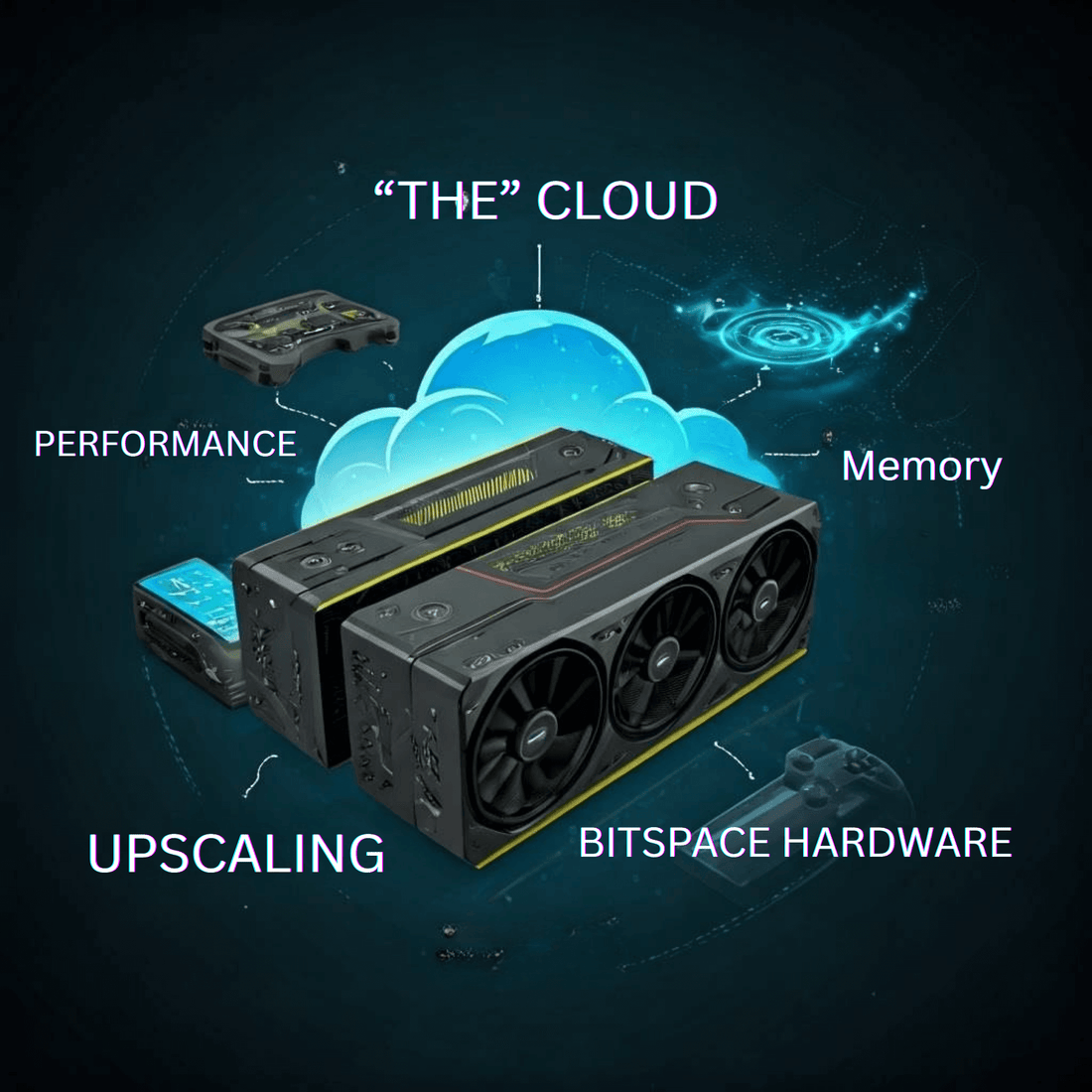The Shifting Sands of High-End Gaming: Is the GPU Throne Shaky?
Nachiket B
The Shifting Sands of High-End Gaming: Is the GPU Throne Shaky?

For years, the mantra of PC gaming has been simple: "The bigger the GPU, the better the experience." If you craved ray-traced reflections, buttery-smooth frame rates at 4K resolution, or the latest visual effects, you needed a top-tier graphics card. These behemoths, often costing as much as a console, were the undisputed kings of the gaming realm.
But is this dogma still true? Are we witnessing a paradigm shift where high-end GPUs are becoming less of an absolute necessity for a premium gaming experience? Let's dive into the facts and explore the changing landscape.
The Traditional GPU Bottleneck:
Traditionally, the GPU has been the primary bottleneck in gaming performance. It's responsible for rendering complex 3D scenes, applying shaders, and handling the graphical workload. A powerful CPU might ensure smooth gameplay logic and physics calculations, but without a capable GPU, the visuals would fall flat.
This led to a relentless arms race, with manufacturers pushing the boundaries of silicon to deliver ever-increasing performance. The result? GPUs like the RTX 4090, capable of stunning visuals but carrying a hefty price tag.
 |
 |
Challenging the Status Quo:
However, several factors are challenging this traditional view:
Advancements in Upscaling Technologies:
Technologies like NVIDIA's DLSS (Deep Learning Super Sampling), AMD's FSR (FidelityFX Super Resolution), and Intel's XeSS (Xe Super Sampling) are revolutionizing gaming performance. These techniques render games at a lower resolution and then use AI or advanced algorithms to upscale the image to a higher resolution, resulting in a significant performance boost with minimal visual fidelity loss.
This allows users to achieve near-native 4K quality with a mid-range GPU, effectively bridging the performance gap.
For example, a user could run a game at 1080p and use DLSS to upscale to 4K, gaining a massive performance improvement, making a mid range GPU preform like a higher one.
Optimization and Game Engine Evolution:
Game developers are becoming increasingly adept at optimizing their titles for a wider range of hardware. Modern game engines are more scalable, allowing for better performance on less powerful systems.
Also, more game developers are focusing on optimization to run well on console, and those optimizations carry over to PC.
Cloud Gaming's Rise:
Cloud gaming services like NVIDIA GeForce NOW, Xbox Cloud Gaming, and PlayStation Plus Premium are democratizing high-end gaming. These services stream games from powerful servers, eliminating the need for a high-end GPU on the user's end.
This removes the hardware barrier entirely, allowing users to play demanding games on devices with integrated graphics or even mobile phones.
CPU Performance Improvements:
CPUs have also been improving significantly. With better multithreading and higher clock speeds, the cpu can take on more of the game workload, lessening the load on the GPU.
Findings and Observations:
Mid-range GPUs are becoming increasingly viable: With DLSS and FSR, a mid-range GPU like the RTX 4060 or RX 7600 can deliver excellent performance at 1440p and even 4K in many titles.
Upscaling is a game-changer: The performance gains from upscaling technologies are undeniable. They allow for a smoother, more visually impressive experience without requiring a top-tier GPU.
Cloud gaming is a compelling alternative: For users who prioritize convenience and accessibility, cloud gaming offers a way to experience high-end games without investing in expensive hardware.
Optimization matters: Well-optimized games can run smoothly on a wider range of hardware, reducing the reliance on powerful GPUs.
The Verdict:
While high-end GPUs still offer the absolute best gaming experience, they are no longer an absolute necessity for enjoying visually stunning and smooth gameplay. Upscaling technologies, cloud gaming, and improvements in game optimization are leveling the playing field.
This doesn't mean high-end GPUs are obsolete. They still cater to enthusiasts who demand the highest possible performance and visual fidelity. However, the gaming landscape is evolving, offering more accessible and affordable options for a premium gaming experience.
The Future:
The trend towards upscaling and cloud gaming is likely to continue. As these technologies mature, they will further blur the lines between high-end and mid-range gaming. The future of gaming might be less about owning the most powerful hardware and more about leveraging intelligent software and cloud services.

4 comments
High-end GPUs used to feel like an essential part of the setup, but with technologies like DLSS, FSR, and even XeSS, mid-range cards now deliver surprisingly smooth experiences at 1440p and even 4K. Cloud gaming is also becoming a viable alternative, allowing access to demanding titles without heavy hardware investment. I’ve noticed that well-optimized games make a huge difference too, letting systems with mid-tier GPUs perform almost like their top-tier counterparts. For those interested in exploring related online gaming platforms, you can even read a detailed review of Parimatch Aviator here: https://parimatch-mobile.net/en-in/aviator/ — it gives insight into the game mechanics, interface, and platform features, even if you’re just browsing. Overall, the gaming landscape feels more accessible and flexible than ever.
j80vcv
j80vcv
okzzfh